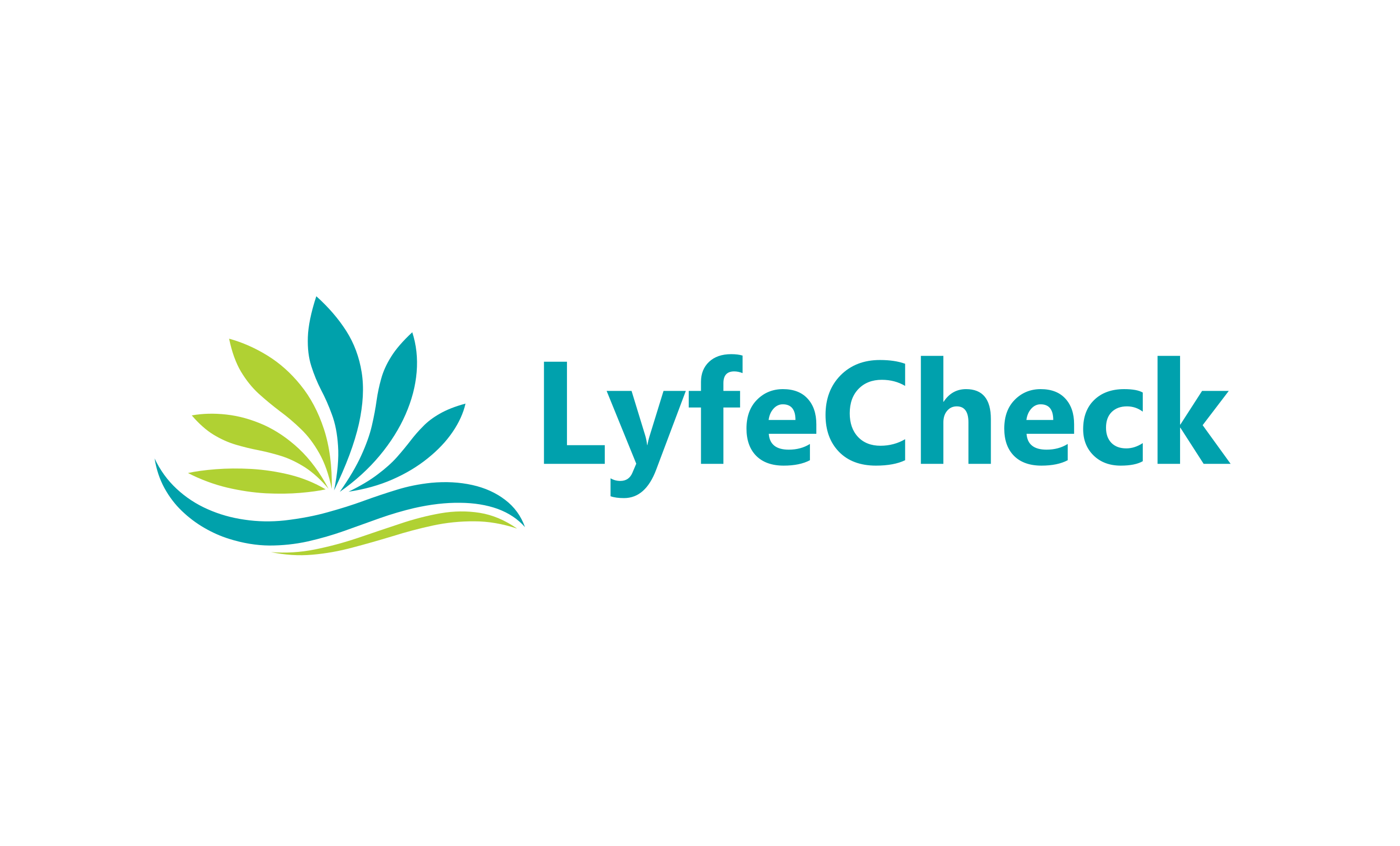We All Need A Little Sunshine: Vitamin D & COVID
As SARS-CoV-2, commonly referred to as COVID-19, continues to spread throughout the United States, Americans are starting to question their own health status and how it can contribute to their risk of contracting and failing ill with the virus. It is an accepted observation that those with heart disease, diabetes, lung conditions, and metabolic disorders are more susceptible to the more severe effects of a COVID-19 infection, but what about more minute issues? How do they contribute?
One micronutrient that is starting to make headlines is vitamin D, the sunshine vitamin.
The Role of Vitamin D:
In the human body, vitamin D is produced due to the effect of ultraviolet light (sunshine) on the skin, or is taken in via supplements or fortified food sources. It’s most well known function is to regulate calcium concentrations in the body, but more and more research is showing that it plays a much larger and more important role, especially within the immune system. Thus, making it a contender in understanding risk factors and possible treatments for individuals hoping to prevent a severe COVID-19 infection.
Research into how vitamin D can interplay with the immune system can be broken down and explained via three general mechanisms: (1) promote the physical barrier preventing microbial entry into cells; (2) enhancing cellular innate immunity; and (3) modulating adaptive immunity [1]. Taking a closer look…
- Promoting the Physical Barrier: A review article published in 2010 by Molecular Nutrition & Food Research found compounding evidence that vitamin D had the ability to maintain tight junctions, gap junctions, and adherens junctions. Part of a virus’ virulency is dependent upon how it can disturb this junction integrity and enter into host cells, therefore causing infection, If vitamin D can prevent this loss of integrity caused by a virus, an infection can be stopped before it even starts [1,2].
- Enhancing Cellular Innate Immunity: Innate immunity is the nonspecific defense mechanism the body uses upon immediate interaction with a foreign microbe. Vitamin D works through this immune pathway by inducing antimicrobial peptides, including cathelicidin and various defensins. These peptides work by either disturbing the outer membrane of a viruse, as well as reducing the virus’s ability to replicate. Secondarily, vitamin D has the ability to reduce the cytokine storm caused by the innate immune system by reducing the production of pro-inflammatory cytokines (ie. TNF-alpha, interferon-gamma, etc). It’s ability to reduce the cytokine storm is an important aspect to remember, as there are more and more virologists who attribute the severe effects of COVID to an unregulated cytokine storm [1].
- Modulating Adaptive Immunity: This type of immunity is more specialized, with specific cells functioning systemically to eliminate pathogens. Vitamin D further suppresses the immune response mediated by T-1 helper cells which is pro-inflammatory, while simultaneously enhancing the cytokine production by T-helper type 2 cells, which is anti-inflammatory. In addition, it also induces T-regulatory cells, reducing the inflammatory response caused by infection. In this way, vitamin D assists in balancing the immune response, to prevent an overzealous and potentially life-threatening inflammatory reaction caused by a viral infection [1].
Immunity is a very intricate and specialized system within the human body, and this is only what is currently known about the direct actions of vitamin D on it’s function. But, what about it’s direct relationship to SARS-CoV-2? Research is starting to show it’s importance in preventing severe disease when infected with COVID-19.
Vitamin D & COVID-19:
Though the evidence is still circumstantial, COVID-19 and serum vitamin D levels continue to be linked in epidemiological research. For one, this epidemic began in the Northern hemisphere during the winter months; a time in which vitamin D levels would be statistically lower, as human populations are exposed to less sunlight. Looking at European countries and their burden of disease and associated mortality, more northern countries tend to have higher case numbers and poorer outcomes, unless said country is known to have widespread fortification of vitamin D in foods [3].
Additional circumstantial evidence that supports the theory of vitamin D acting as a protective mechanism against COVID-19 is when looking at different ethnicities. For example, the UK Office for National Statistics found that black individuals living within the UK were four times more likely to have a severe case of COVID-19, compared to caucasians. Though there are a multitude of factors that could also explain this relationship, those with darker skin, tend to have lower levels of serum vitamin D [3].
Reflecting back on how vitamin D functions within the immune system, it’s role becomes more convincing. Vitamin D, by promoting the production of antimicrobial and immune peptides, results in an infection with COVID-19 and the subsequent symptoms less likely. More specifically, the deleterious effects of this infection are known to relate to the ACE-2 pathway, which vitamin D has also been known to interact with. SARS-CoV-2 downregulates the expression of ACE2 and uses these receptors to enter cells, while vitamin D promotes expression of this gene, allowing this important pathway to continue on business as usual, even during an infection [3].
So What Do We Do?
Vitamin D can be obtained in two ways: sunshine or supplementation (via nutraceuticals or fortified foods). Many resort to supplementation, and likely should at least during the winter months. Studies looking at the role of this vitamin in regards to COVID-19 and other influenza-like viruses, suggest that vitamin D supplementation should be started several months before winter to maintain high enough concentrations throughout low-sunlight seasons.
Studies have found that the protective aspects of vitamin D begin to be seen at serum concentrations of 20-30 nm/mL, but according to conventional standards normal range is between 25 and 80 ng/mL. As concentrations in the blood increase, the protective association in regards to immune function does as well. The optimal range for COVID-19 prevention appears to be between 40 and 60 ng/mL, which for many in the United States and other northern hemisphere counties is hard to reach. For the US and European population to reach this level, most individuals would have to be supplementing between 2000 and 5000 IUs per day of vitamin D3 [4].
Vitamin D is a fat soluble vitamin and does store within fat cells of the body. Therefore, it is important to obtain a serum level via bloodwork to determine the best dosing pattern for patients to reach this optimal, protective range. LyfeCheck offers Vitamin D testing that is accurate and quick, helping you understand where you’re at, giving you insight into what you can do to further protect yourself from viral infections like COVID-19.
For more information on vitamin D testing, visit LyfeCheck.com or contact support@LyfeCheck.com.
Mary Hall, ND, LAc
Resources:
- https://www.ncbi.nlm.nih.gov/pmc/articles/PMC7231123/
- https://pubmed.ncbi.nlm.nih.gov/20824663/
- https://www.ncbi.nlm.nih.gov/pmc/articles/PMC7239633/
- https://www.ncbi.nlm.nih.gov/pmc/articles/PMC7305922/













